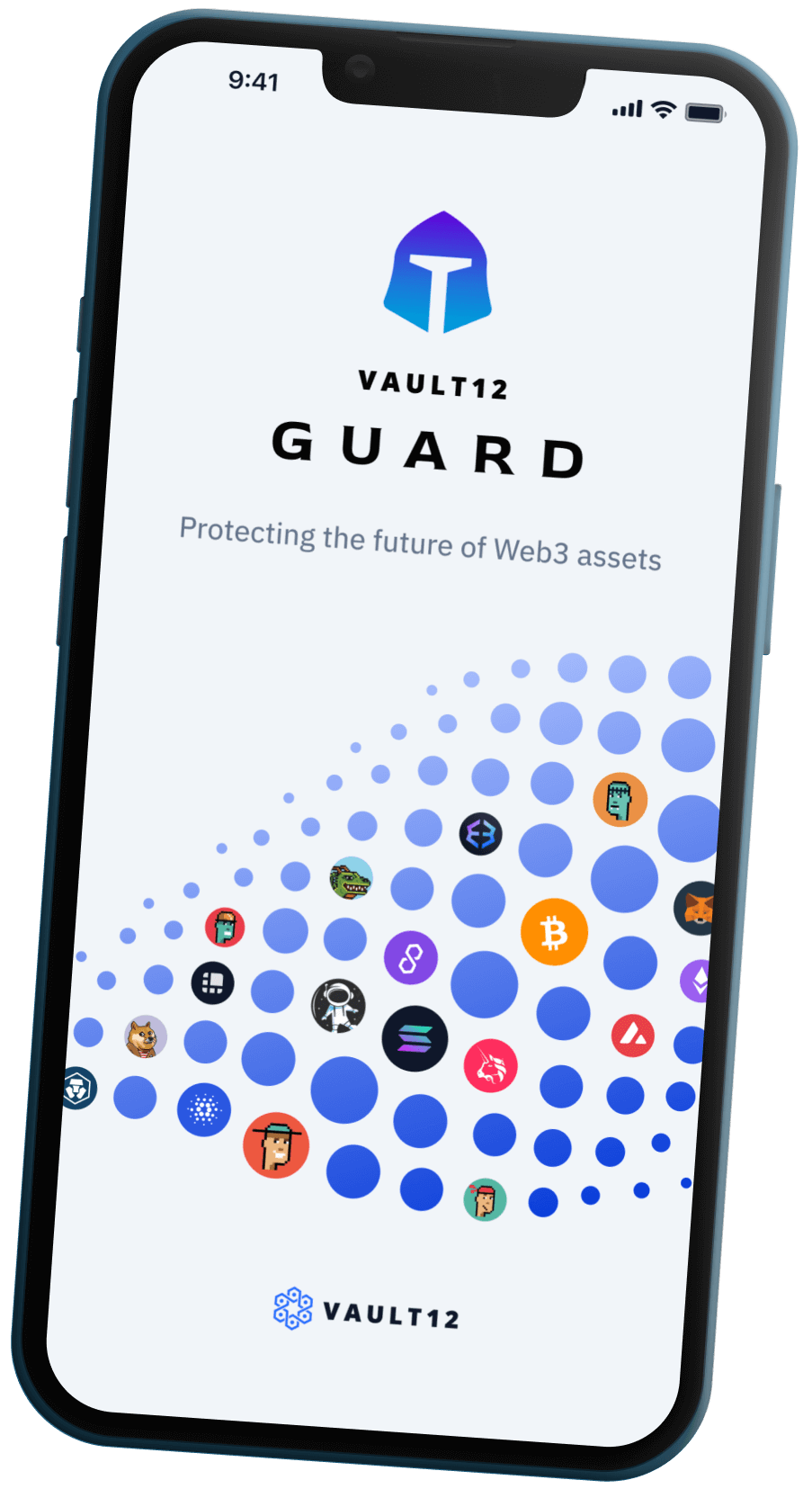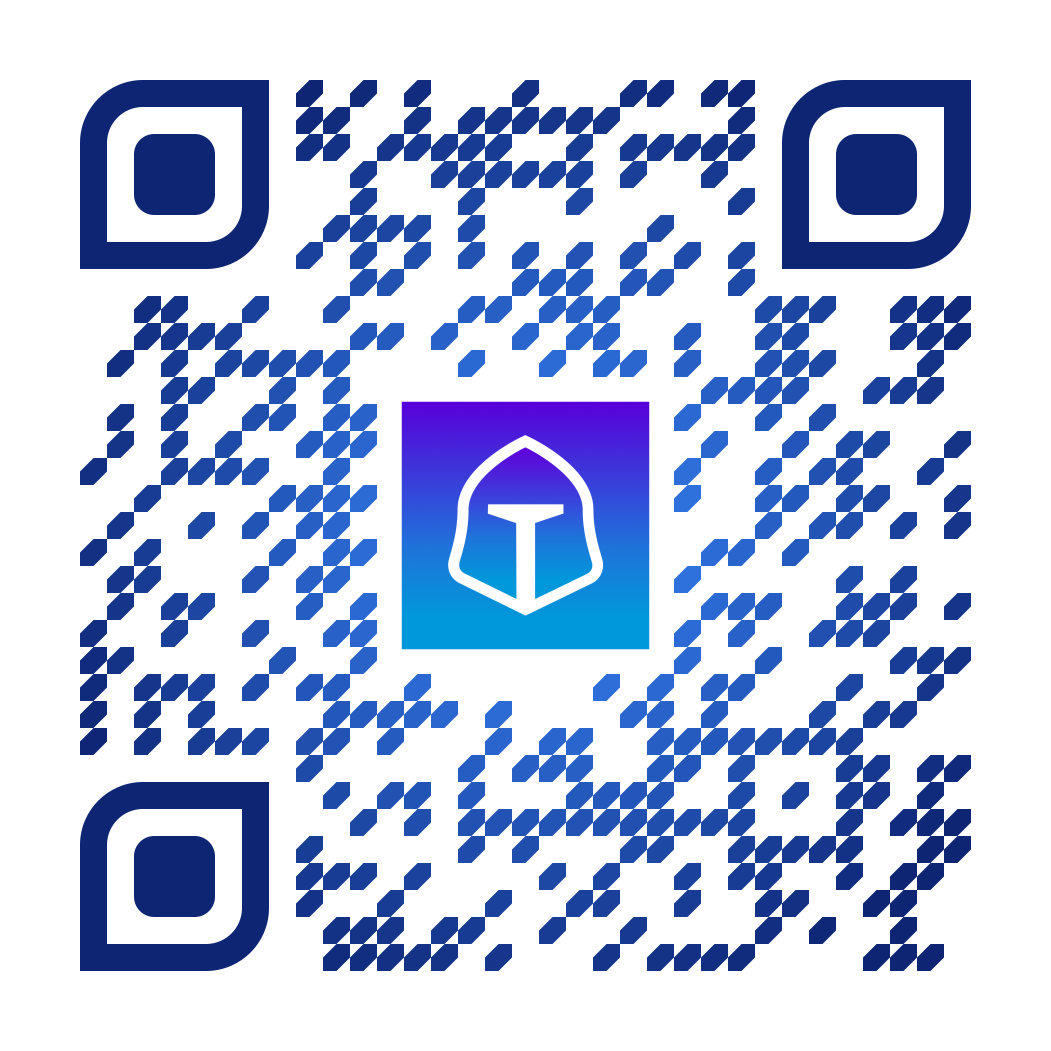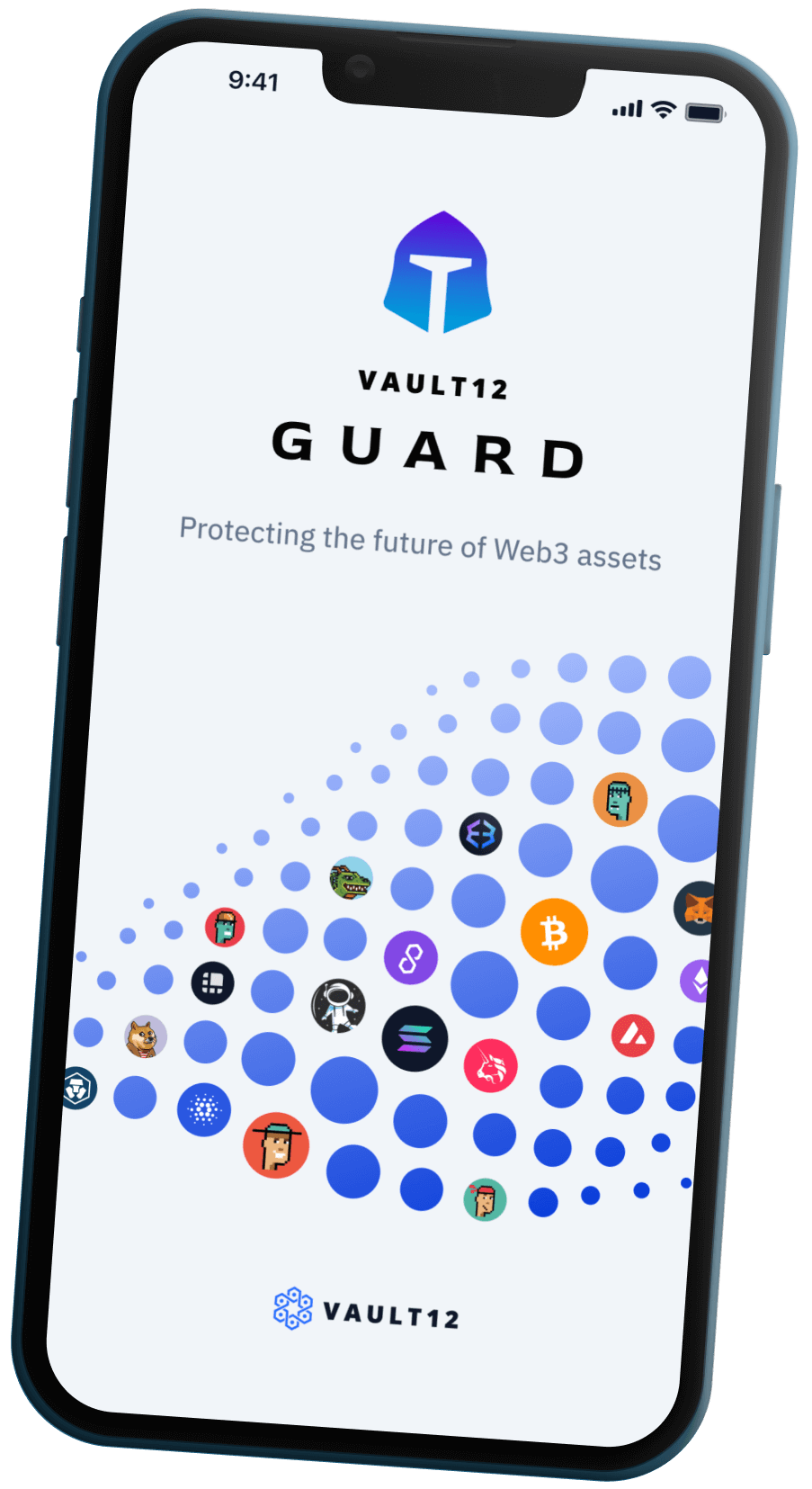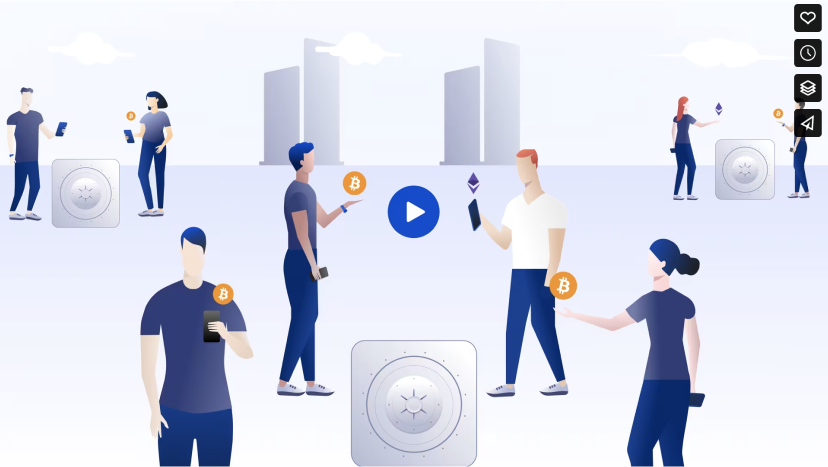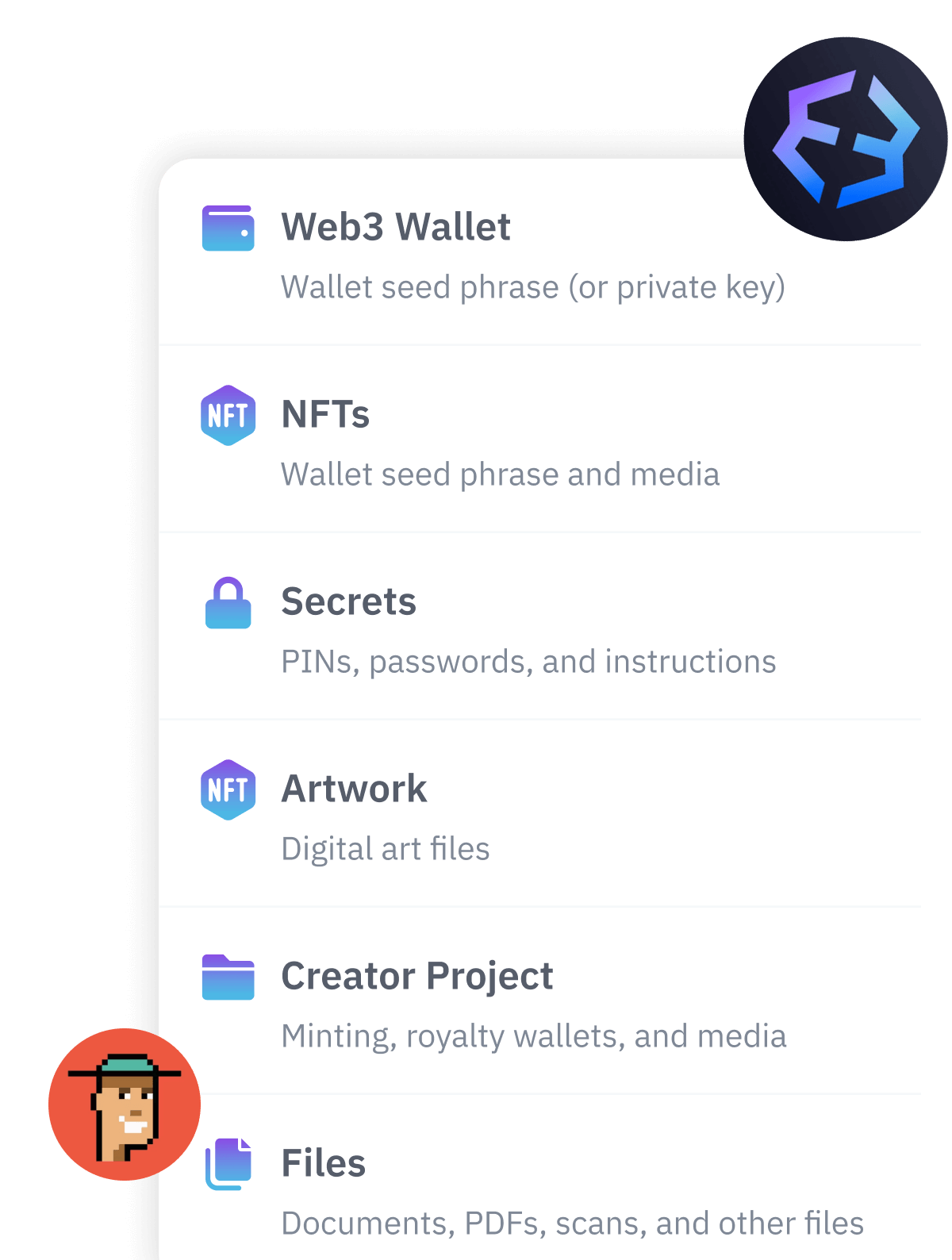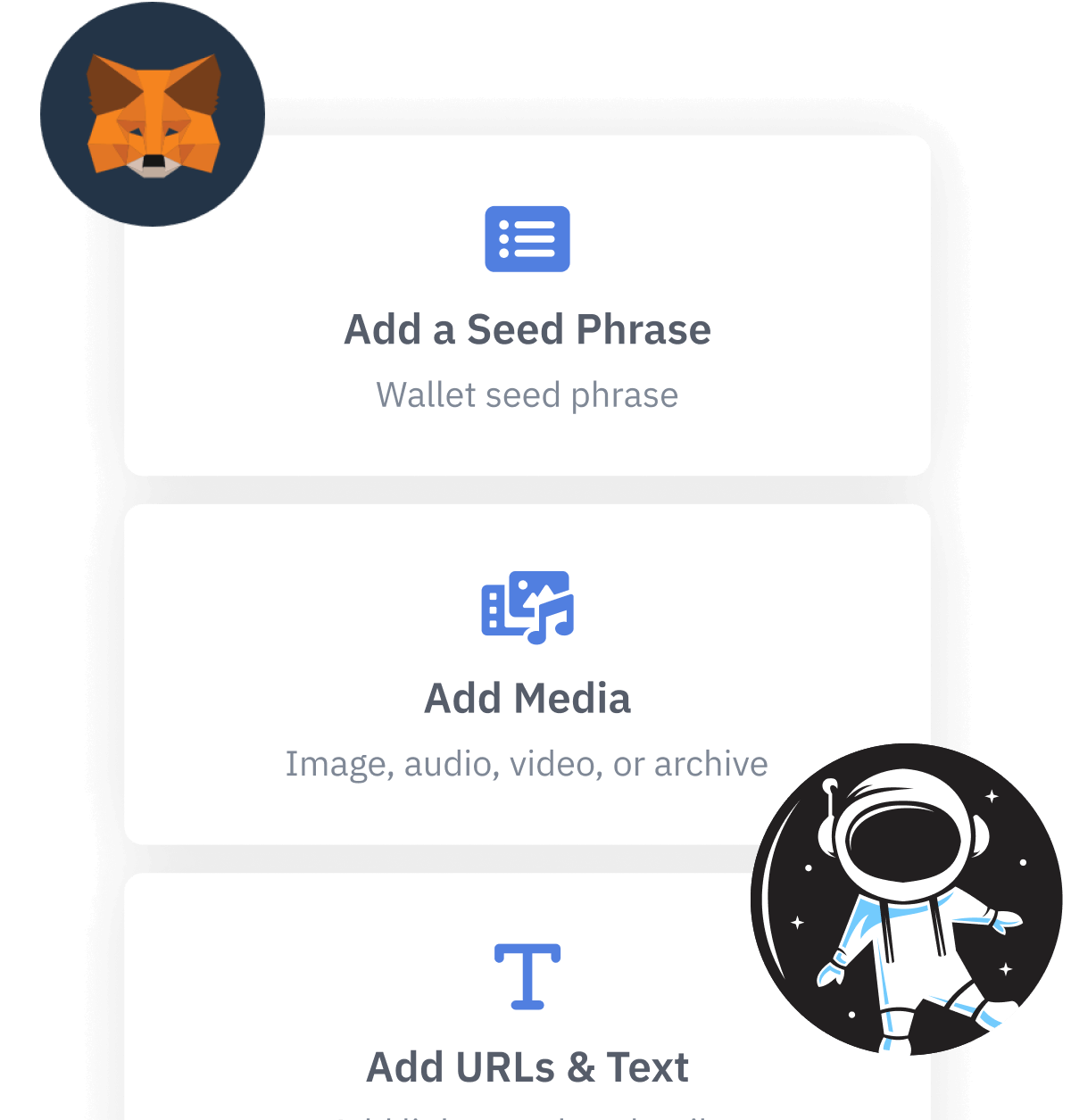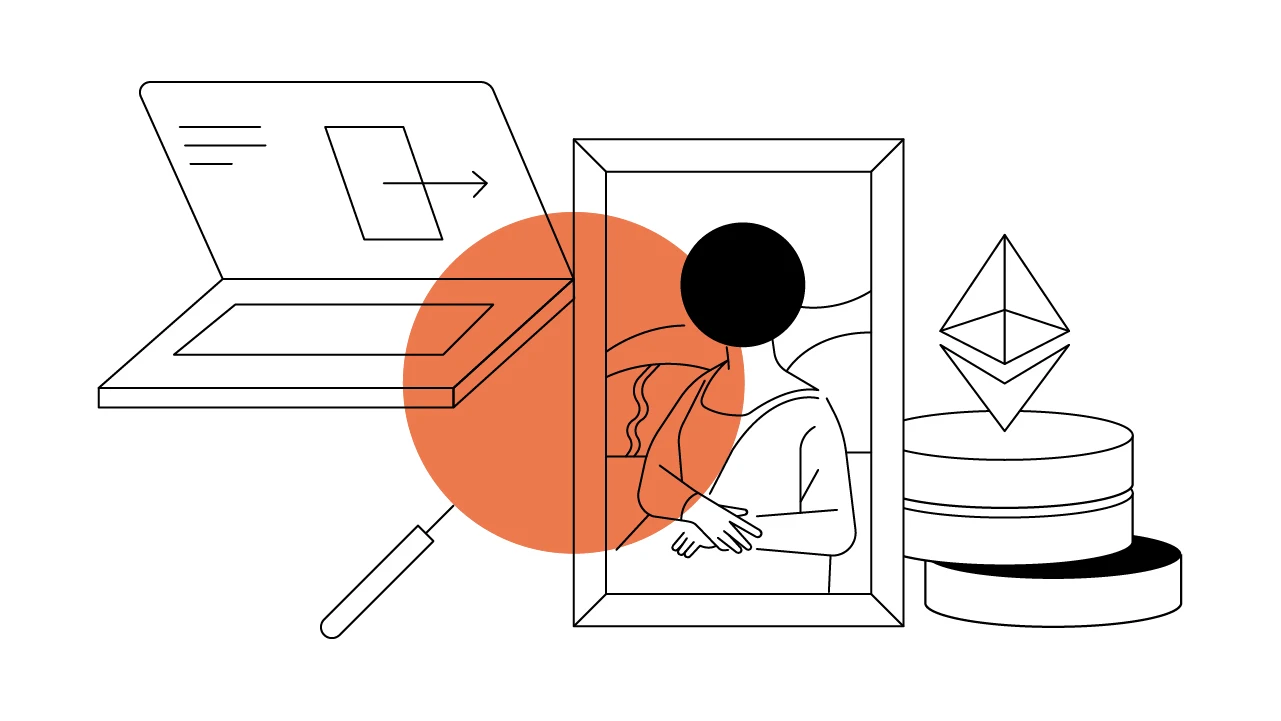
Contents
NFTs and the Art Industry: A Cryptoart Revolution
The NFT art movement has sped from a sprint to a gallop, and the world is taking notice.
Summary
Cryptoart is digital art that lives on the blockchain in the form of non-fungible tokens (NFTs). This fast-emerging sector is disrupting the art industry for artists, dealers, and investors alike — and creating a far more accessible, equitable, and inclusive art market.
Digital Art Gives Rise to NFT Art
Before diving into the finer details of contemporary cryptoart, it’s helpful to take a brief look at the history of digital art prior to the emergence of non-fungible tokens (NFTs). Digital art is one of the more popular subgenres of contemporary art, and has been around since the 1970s. It’s a catch-all term for a number of phenomena. Digital art may reference works created or enhanced with software, digitally rendered animations, or interactive art consumed through a digital device. There’s also “generative” digital art, which artists produce mostly by using algorithms.
Some digital artists are using blockchain technology itself as their medium — employing custom software and code, along with a slew of new decentralized applications (dApps) to create their work. Once it’s on the blockchain, digital art falls into the realm of cryptoart. So what is cryptoart exactly? As with all things crypto, the vocabulary and definitions surrounding this art movement are dynamic and iterative, but there is a baseline distinction: Cryptoart is art on the blockchain — natively published as an NFT.
These rare digital artworks — sometimes called crypto-collectibles, NFT art, nifties, or cryptoart — are represented by unique and provably rare tokens. Because they are native to the blockchain, NFT artworks can be bought, sold, and owned with cryptographic security and veracity. Each is unique and the decentralized, open nature of blockchain technology allows for transparent proof of this.
The Explosion of Cryptoart and NFT Art
Before NFT art captured the zeitgeist, early projects like Monegraph in 2014 and Rare Pepe in 2016 allowed users to register collectibles on blockchain networks. In 2017, a new vehicle for digital art emerged with Ethereum’s introduction of the ERC-721 standard. Different from Ethereum’s ERC-20 fungibility, this token standard enabled the creation of NFTs and springboarded the cryptoart movement into existence. 2017 saw the rise of CryptoPunks, CryptoKitties, CurioCards, and Dada.nyc. All these projects made NFTs on Ethereum — paving the way for the NFT art movement.
The development of cryptoart has not just been limited to the renegade fringes of the internet. In 2018, Christie’s New York became the first auction house to register a sale on a blockchain platform with its $318 million USD sale of the Barney A. Ebsworth collection. This collection featured artwork by landmark American artists Edward Hopper and Georgia O’Keeffe, among others. Although the art exchanged during this sale was made with the traditional tools of paint, canvas, and so on, all transactions were recorded on the blockchain. This was a watershed moment in the world of blockchain art auctions, and led to widespread acknowledgment of cryptoart in the fine art sector.
The large-scale acknowledgment of the blockchain art sector reached a tipping point in 2021 with the sale of digital artist Beeple’s “Everydays — The First 5000 Days.” An entirely digital crypto art piece, it sold for $69 million at Christie's. This event signalled a new era, not just for cryptoart, but art as a whole. The sale made this emerging cryptoartist one of the wealthiest artists alive in the world today. Now, there are multitudes of NFT art marketplaces such as OpenSea, Rarible, KnownOrigin, and Nifty Gateway, each with unique value propositions. Fine-art specific NFT marketplaces include Maecenas, Masterworks, Artchain.world, Aditus, and Portion.
Artists Could Benefit From NFT Marketplaces
The plethora of online markets is good news for artists and collectors, as these markets are far more accessible, approachable, equitable, and inclusive than storefront galleries. Appreciative of these new opportunities to exhibit and sell their work, artists are producing prodigious amounts of digital art and publishing it on the blockchain.
Quite possibly, the biggest benefit for artists is that they get paid equitably for their work. In the traditional model, an artist typically gets 50% of an artwork’s sale price and the gallery takes the other 50%. If the piece is resold, the artist receives no royalties. In the cryptoart world, however, an artist can earn 80% or more, depending on the venue, of the initial sale price, and a standard of 10% or more of all secondary sales for the rest of their life.
Better yet, these funds don’t need to be tracked down or negotiated to attain. They are cryptographically secured and guaranteed by autonomous smart contracts on the blockchain. NFTs automatically authenticate the art and track its provenance and value as it changes hands. Prior to blockchain, the verification process was laborious, slow, and error prone. NFT art also benefits collectors and investors. They like to know that they’re getting rare and provably scarce items whose markets are relatively liquid.
Digital art stands to benefit from NFT and blockchain technology in many ways. Cryptographically provable scarcity provides value, while decentralization provides security and transparency — qualities that make both art and cryptocurrencies valuable. The NFT art movement may be nascent, but it has increased its pace from a crawl to a sprint, and the world is taking notice.
Cryptopedia does not guarantee the reliability of the Site content and shall not be held liable for any errors, omissions, or inaccuracies. The opinions and views expressed in any Cryptopedia article are solely those of the author(s) and do not reflect the opinions of Gemini or its management. The information provided on the Site is for informational purposes only, and it does not constitute an endorsement of any of the products and services discussed or investment, financial, or trading advice. A qualified professional should be consulted prior to making financial decisions. Please visit our Cryptopedia Site Policy to learn more.
NFTs and the Art Industry: A Cryptoart Revolution
The NFT art movement has sped from a sprint to a gallop, and the world is taking notice.

Gemini Cryptopedia
Gemini is a next generation cryptocurrency exchange and custodian that allows customers to buy, sell, and store digital assets.
You will lose your Bitcoin and other crypto when you die...
...unless you set up Crypto Inheritance today.
It's simple — if you don't worry about crypto inheritance, nobody else will — not your software or hardware wallet vendors, not your exchanges, and not your wealth managers. So it's up to you to think about how to protect the generational wealth you have created, and reduce the risks around passing that crypto wealth on to your family and heirs. What are the challenges with crypto inheritance?
- Crypto Wallets are difficult to use and do not offer crypto inheritance management. In fact, most of them tell you to write down your seed phrase on a piece of paper, which is practically useless.
- Some people back up their wallet seed phrases or private keys on paper, local devices like hardware wallets or USBs, or in the cloud. All of these options have severe drawbacks that range from hacking to accidental loss to disrupted cloud services.
- Software wallets operate on specific blockchains, yet your crypto assets span multiple blockchains. For inheritance to work, you must be able to manage inheritance across every blockchain — now and forever.
DISCLAIMER: Vault12 is NOT a financial institution, cryptocurrency exchange, wallet provider, or custodian. We do NOT hold, transfer, manage, or have access to any user funds, tokens, cryptocurrencies, or digital assets. Vault12 is exclusively a non-custodial information security and backup tool that helps users securely store their own wallet seed phrases and private keys. We provide no financial services, asset management, transaction capabilities, or investment advice. Users maintain complete control of their assets at all times.
Pioneering Crypto Inheritance: Secure Quantum-safe Storage and Backup
Vault12 is the pioneer in Crypto Inheritance, offering a simple yet powerful way to designate a legacy contact and pass on your crypto assets—like Bitcoin (BTC), Ethereum (ETH) and Solana (SOL) —to future generations. Built for everyday users yet robust enough for the most seasoned crypto enthusiasts, Vault12 Guard ensures your wallet seed phrases and private keys are preserved in a fully self-sovereign manner, across all Blockchains.
At the heart of Vault12 Guard is quantum-resistant cryptography and a decentralized, peer-to-peer network of trusted Guardians. Your critical information is never stored in the cloud, on Vault12 servers, or even on local devices—dramatically reducing the risk of a single point of failure. By fusing a powerful software layer with the Secure Element of iOS devices (Secure Enclave) and Google devices (Strongbox), Vault12 Guard locks down your private keys against present and future threats.
Our innovative approach harnesses social recovery, enabling you to appoint one or more trusted individuals or mobile devices as Guardians. These Guardians collectively safeguard your protected seed phrases in a decentralized digital Vault—so there’s no need for constant lawyer updates or bulky paperwork. Should the unexpected happen, your chosen legacy contact can seamlessly inherit your crypto assets without compromising your privacy or security.
Preserve your digital wealth for generations to come with Vault12 Guard—the simplest, most secure way to manage crypto inheritance and backup.
Take the first step and back up your crypto wallets.
Designed to be used alongside traditional hardware and software crypto wallets, Vault12 Guard helps cryptocurrency owners back up their wallet seed phrases and private keys (assets) without storing anything in the cloud, or in any single location. This increases protection and decreases the risk of loss.
The first step in crypto Inheritance Management is making sure you have an up-to-date backup.
The Vault12 Guard app enables secure decentralized backups, and provides inheritance for all your seed phrases and private keys across any blockchain, including Bitcoin, Ethereum, and others, and for any crypto wallet.
Note: For anyone unfamiliar with cryptocurrencies, Vault12 refers to wallet seed phrases and private keys as assets, crypto assets, and digital assets. The Vault12 Guard app includes a software wallet that works alongside your Digital Vault. The primary purpose of this is to guard your Bitcoin (BTC) and Ethereum (ETH) wallet seed phrases, private keys, and other essential data, now and for future generations.

